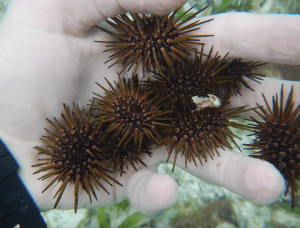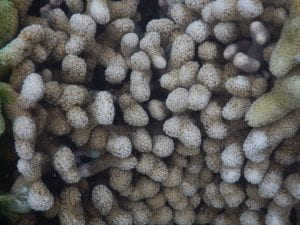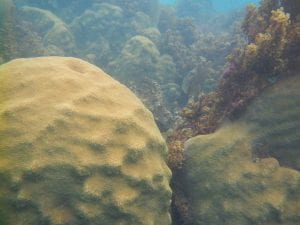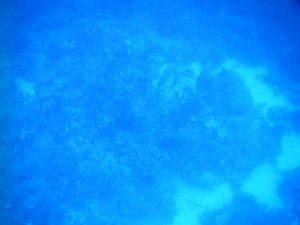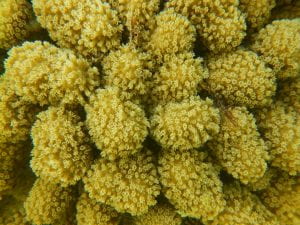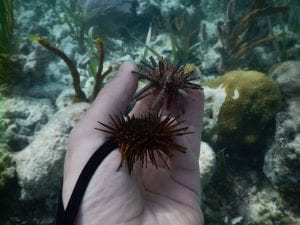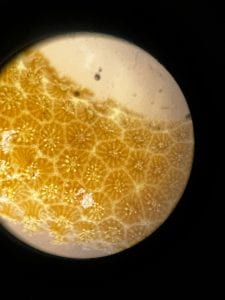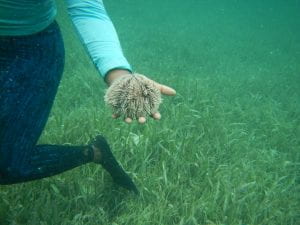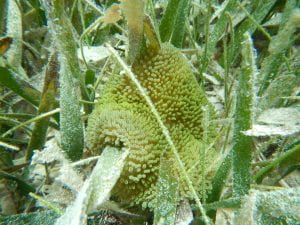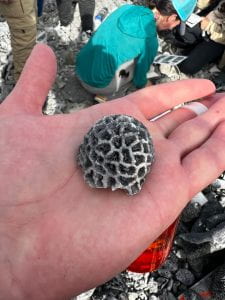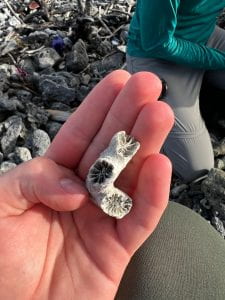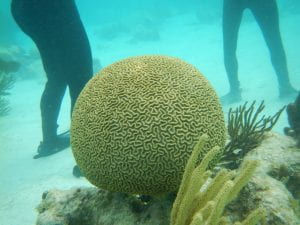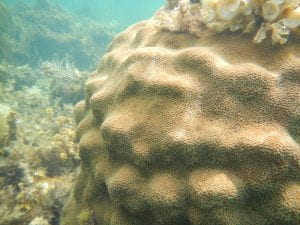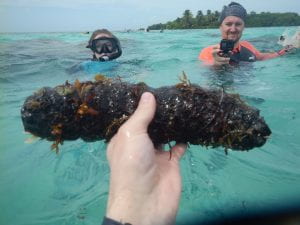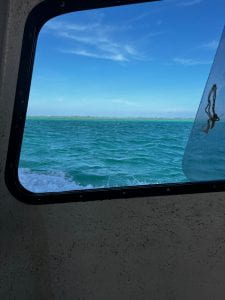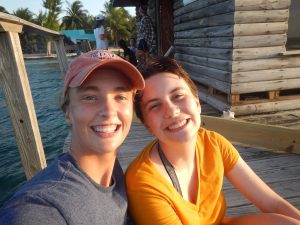I’m writing this wrap up blog to wrap up my trip and reflect on the things I learned and experienced.
To start, because of the high biodiversity of both the coral reef and the rainforest, they are similar in their specialized nature. It is common to observe a species part of a symbiotic relationship with one exact species in both ecosystems. For example, leaf cutter ants and their fungus in the forest and stony corals and their symbiodinium in the reef. It is this specificity that contributes to the diversity of the ecosystem.
Additionally, we learned that both ecosystems are nutrient poor, although for different reasons. Coral reefs must maintain relatively low nutrient levels to grow, and nutrient cycling in the rainforest is so fast that the soils are relatively nutrient poor.
Finally, we saw that both environments are under stress from human activities such as agriculture and climate change, among others. We observed the effects of these quite blatantly on this trip via marine debris, coral bleaching, and the lack of truly large trees. It is also sobering to remember that these places remain relatively untouched by humans.
One of the major differences I noticed between the two environments was the secrecy of the wildlife in the forest. My best guess for why the reef appears to be much “busier” than the forest is because we were less intrusive in the reef. We quietly swam around and observed, while in the rainforest we trampled and macheted our way through.
Overall, the course met and exceeded my expectations enormously. We learned and did so many more things than I expected. Also, we all got much closer as a group than I expected us to get in two weeks. We really had the opportunity to bond, and I think the friendships we made on this trip will be very lasting ones. It’s amazing what the jungle will do to you.
My favorite part of the course was our last day at Glovers, when we just got to snorkel around the Channel and the Aquarium and enjoy ourselves. The marine science was interesting, but I appreciated being able to chill and really appreciate the ocean.
My least favorite day was the day that we set out our camera traps. Hiking and climbing itself were not that bad, however, I got really upset when we got lost in the woods. It really freaked me out to see the sky getting dark and the nervousness on Scott and Therese’s faces.
Finally, the three things that I found most important/surprising about Belize are: 1) the overwhelming presence of plastic in marine debris. This inspired me to keep better track of the amount of plastic that I use.
2) There are many ways to interpret the same data. We spent many hours analyzing data, and I feel that we really learned to listen to everyone to gain as much input as possible.
Finally, 3) the right gear improves your experience dramatically. For example, my first mask was terribly foggy and I was miserable, but I switched masks and everything got easier. Also, I have never liked hiking through dense forest, but with our pants and boots, I really didn’t mind it.
I’m sad to say goodbye to Belize, but I’m thankful for all the experiences and memories I gained along the way!
